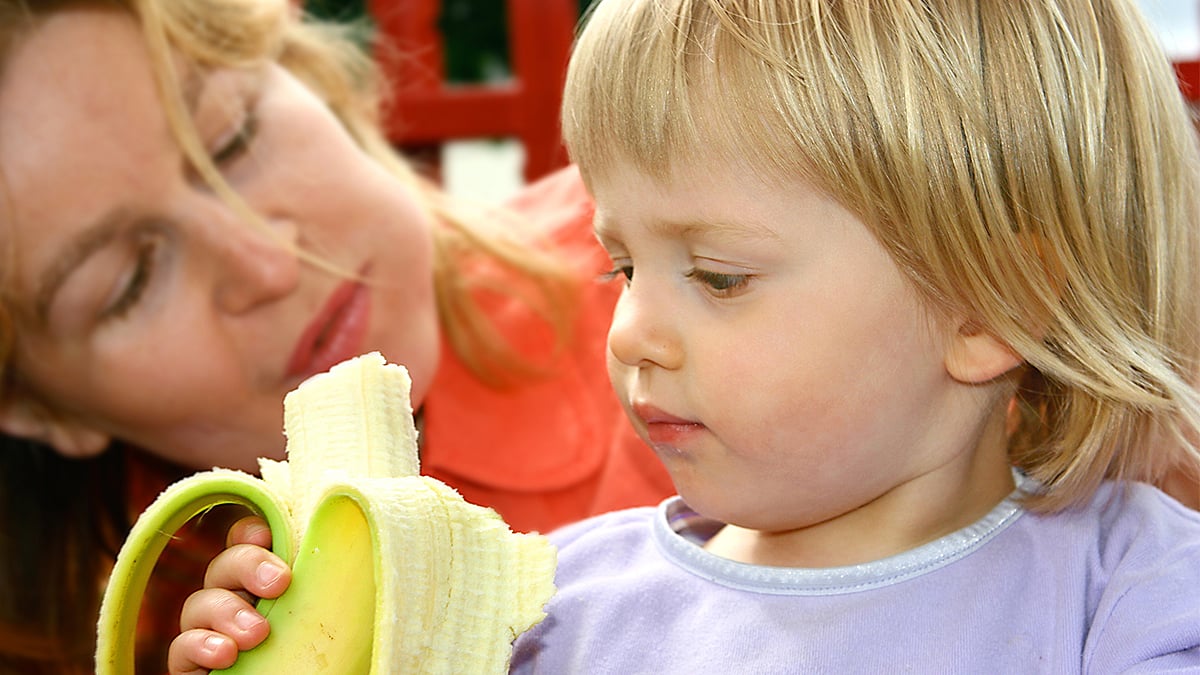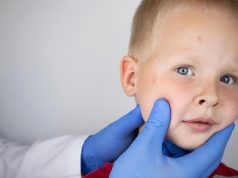Factors linked to higher odds of food insecurity include older age, special health care needs, households with lower federal poverty ratio levels
By Elana Gotkine HealthDay Reporter
FRIDAY, Nov. 7, 2025 (HealthDay News) — Overall, 13.5 percent of U.S. children living in households receiving supplemental nutrition benefit programs have food insecurity (FI), according to a research brief published online Nov. 7 in Pediatrics.
Marianna B. Castellanos, M.D., from the Montefiore Medical Center in Bronx, New York, and colleagues conducted a cross-sectional analysis using the 2022 to 2023 National Survey of Children’s Health to examine child- and household-level risk factors associated with unresolved FI among families receiving the Special Supplemental Nutrition Program for Women, Infants, and Children (WIC) and the Supplemental Nutrition Assistance Program (SNAP).
The cohort included 16,375,272 children living in households that received WIC or SNAP, of which 2,207,545 (13.5 percent) reported FI. The researchers found that the odds of FI were higher for older children (adjusted odds ratios, 1.35 and 1.46 for those aged 6 to 11 and 12 to 17 years, respectively), children with special health care needs (adjusted odds ratio, 1.40), and households with lower federal poverty ratio levels (adjusted odds ratios, 4.25, 4.01, and 2.27 for 0 to 99, 100 to 199, and 200 to 399 percent, respectively). Asian children had lower odds of FI compared with non-Hispanic White children (adjusted odds ratio, 0.35). Compared with those with private insurance alone, publicly insured children and uninsured children had significantly higher odds of FI (adjusted odds ratios, 1.58 and 2.34, respectively).
“These results raise concerns about whether current nutritional benefits adequately meet families’ needs and underscore the importance of tailoring food assistance and related supports,” the authors write.
Copyright © 2025 HealthDay. All rights reserved.








